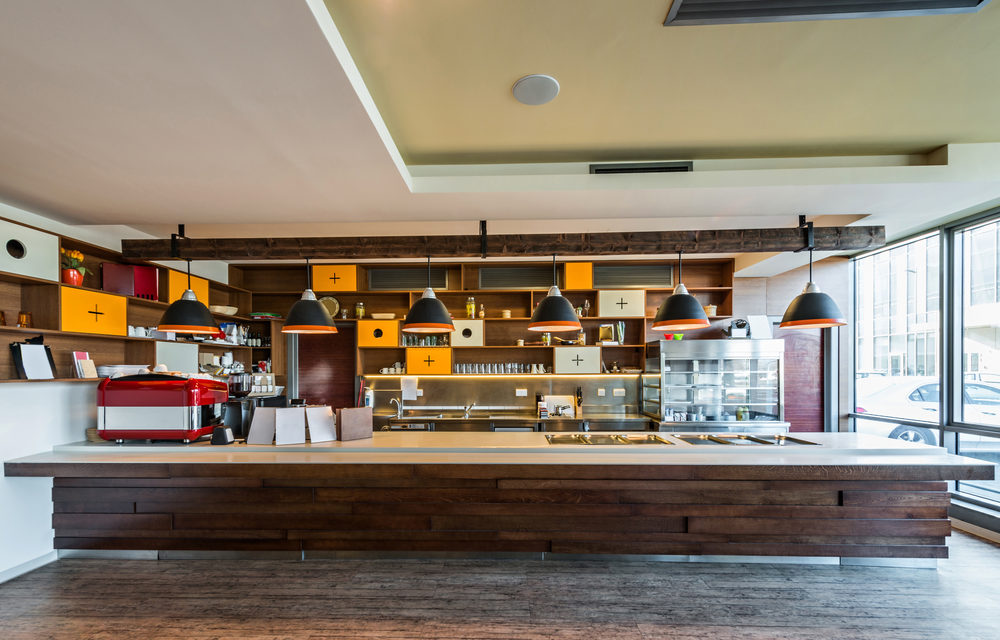A series of restaurant industry polls and data analyses indicated significant change is underway in the restaurant industry, much of it not particularly good. NPD Group dropped a substantial news bomb this week when it said that the number of restaurants has dropped to its lowest level in the past 10 years, declining 2 percent from last year’s number to nearly 621,000 units during its Fall 2016 ReCount of restaurants open as of Sept. 30 of last year.
“This is the most significant drop in total U.S. restaurant counts since the recession,” NPD Foodservice Product Management Director Greg Starzynski said in information released about the findings.
The poll surveyed 4,200 U.S. adults in late January and found that 62 percent of those eating out less frequently said cost was keeping them away. In fact, two-thirds of the poll’s respondents said they found eating at home now to be very or somewhat cheap.
Following the release of the poll and NPD analysis, the Chicago Tribune reportedthat McDonald’s would soon begin an LTO to cut the price of some of its beverages. The gap between restaurant menu prices and the costs consumers pay for groceries eaten at home is at an all-time high, according to the consumer price index showing food purchased away from home is now nearly 2.5 percent more than it was just last year at this time, while the price of food purchased to be eaten at home dropped nearly 2 percent over the same period.
Fewer players in the game
As far as the overall drop in the number of restaurants now competing for consumer dollars, NPD Group said the biggest decline was in independently run businesses, which saw their numbers drop 4 percent, with the biggest declines in the full-service sector, followed by the quick-service segment, according to NPD.
“This is the most significant drop in total U.S. restaurant counts since the recession”
In fact, chain restaurant numbers actually increased over the period from fall 2007 to fall 2016, when the total number of units grew from 860 sites per million to 922. Additionally, the fast casual quick service segment continued to expand in numbers, growing 7 percent to a density of 74 stores per million, up from 41 units per million in 2007.
NPD found that the total number of restaurant visits last year in the U.S. dropped slightly overall. The bulk of the industry’s traffic — 80 percent — goes to quick-service, NPD said. That number remained flat over last year, but the company found that independent restaurant visits fell 2 percent, while chain visits overall increased 1 percent.
“If consumers continue to reduce their restaurant visits, we expect the number and density of restaurant units will continue to decline in response to the lower demand,” Starzynski said.
Cheap grocery prices inspiring consumers to eat at home
The Reuters/Ipsos poll also found that 55 percent of those surveyed — all strictly in the U.S. — said when and if they do eat out, they most often do so for the convenience it offers. But with increasing competition from lower-priced groceries and the increased competition in that arena from online services and meal kit businesses, it appears groceries are winning back some customers who are willing to sacrifice some convenience for some spare change.
Since the last significant dip in restaurant traffic during the recession in 2009, NPD Group shows that overall eating out visits have either stayed flat or moved up only as high as 1 percent more, which could signal a kind of restaurant industry stasis. Players like McDonald’s are showing the first signs of attempts by the industry to alter that stasis in its plans to offer $1 sodas and $2 McCafe drinks for a limited time, as reported in the Chicago Tribune. Additional details about the promotion have not been released by the Chicago-based company.
Source: Fast Casual, February 2017

